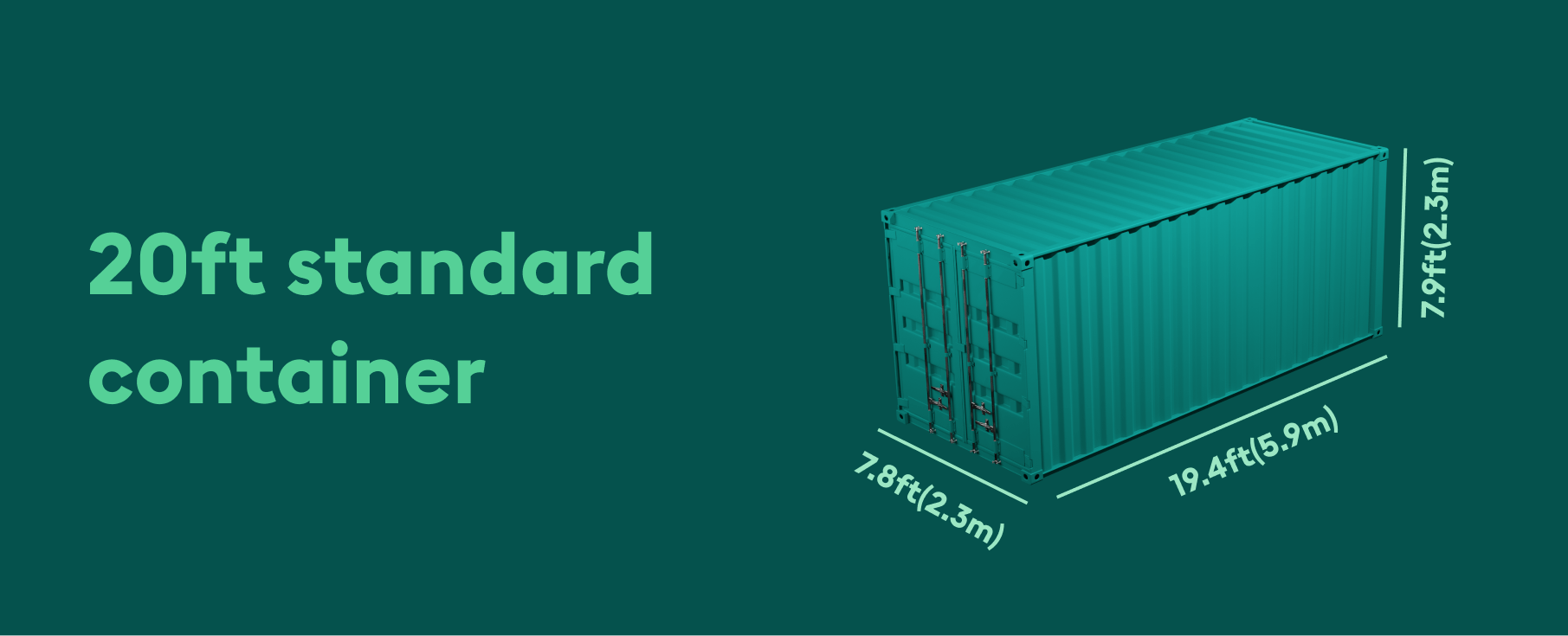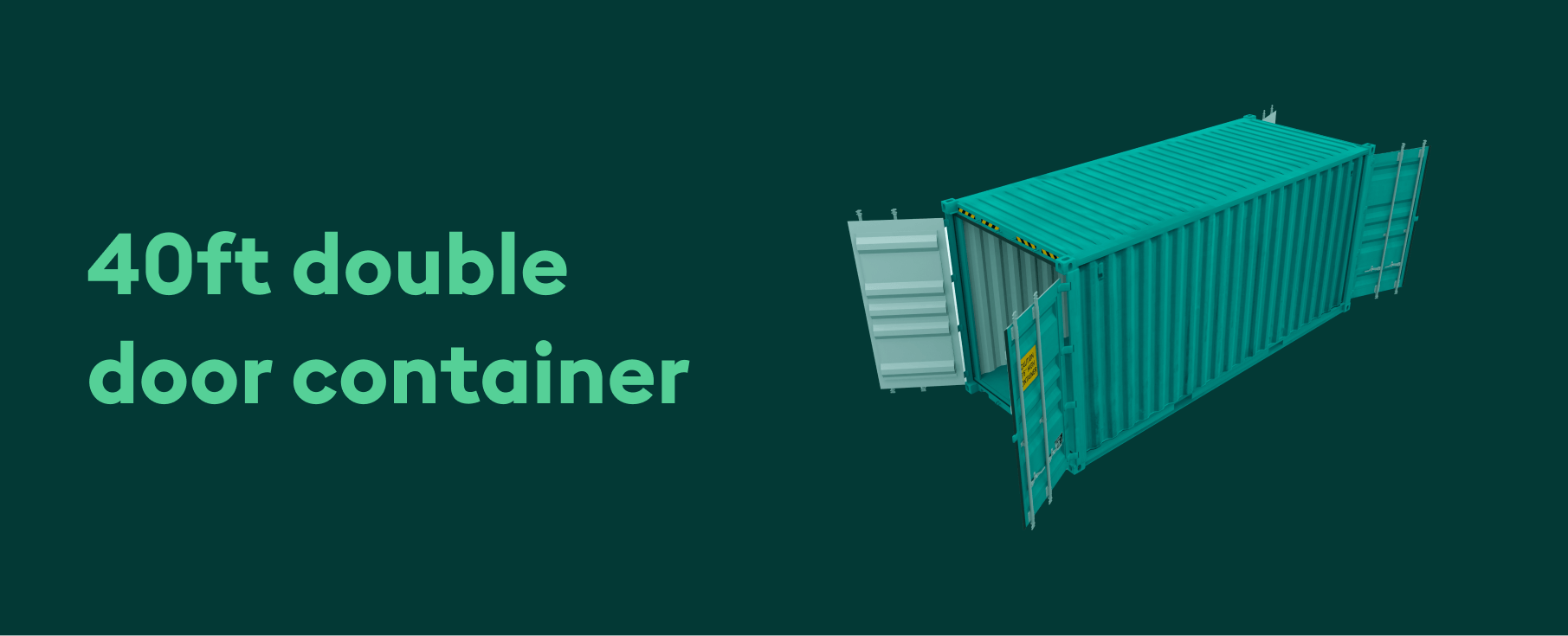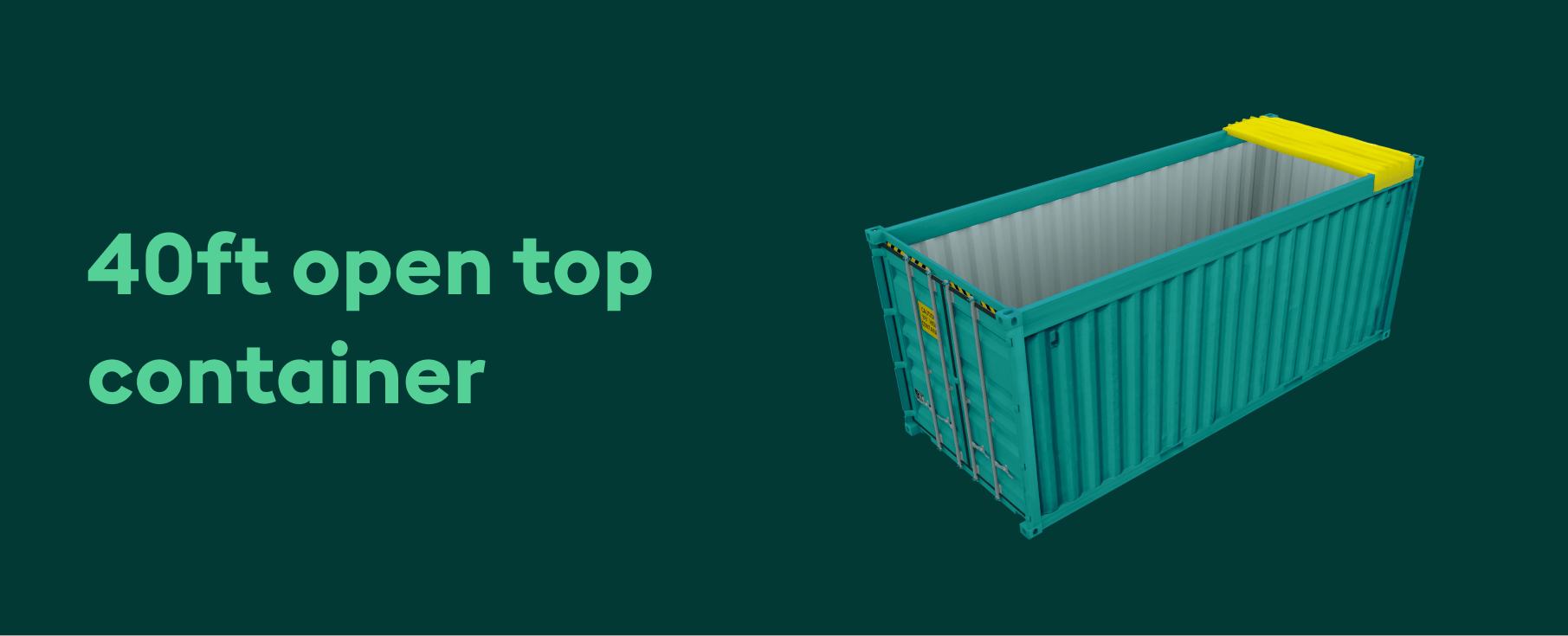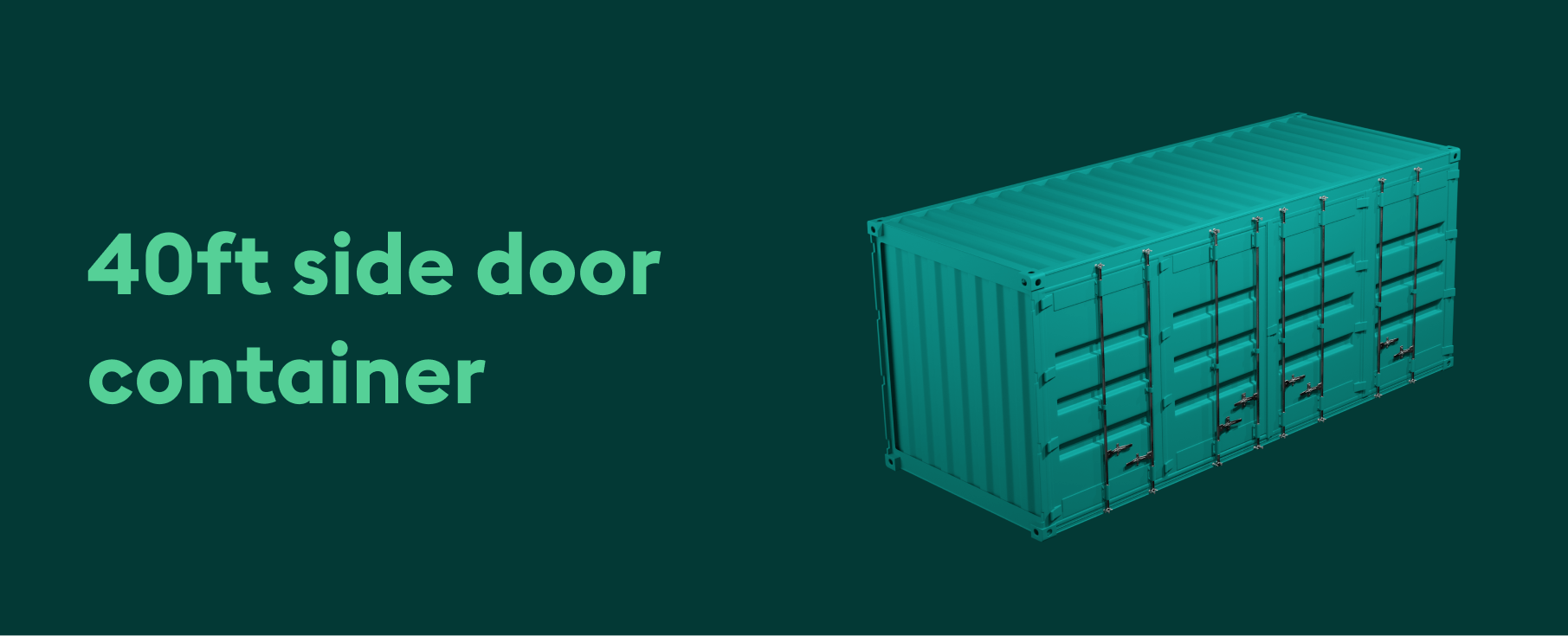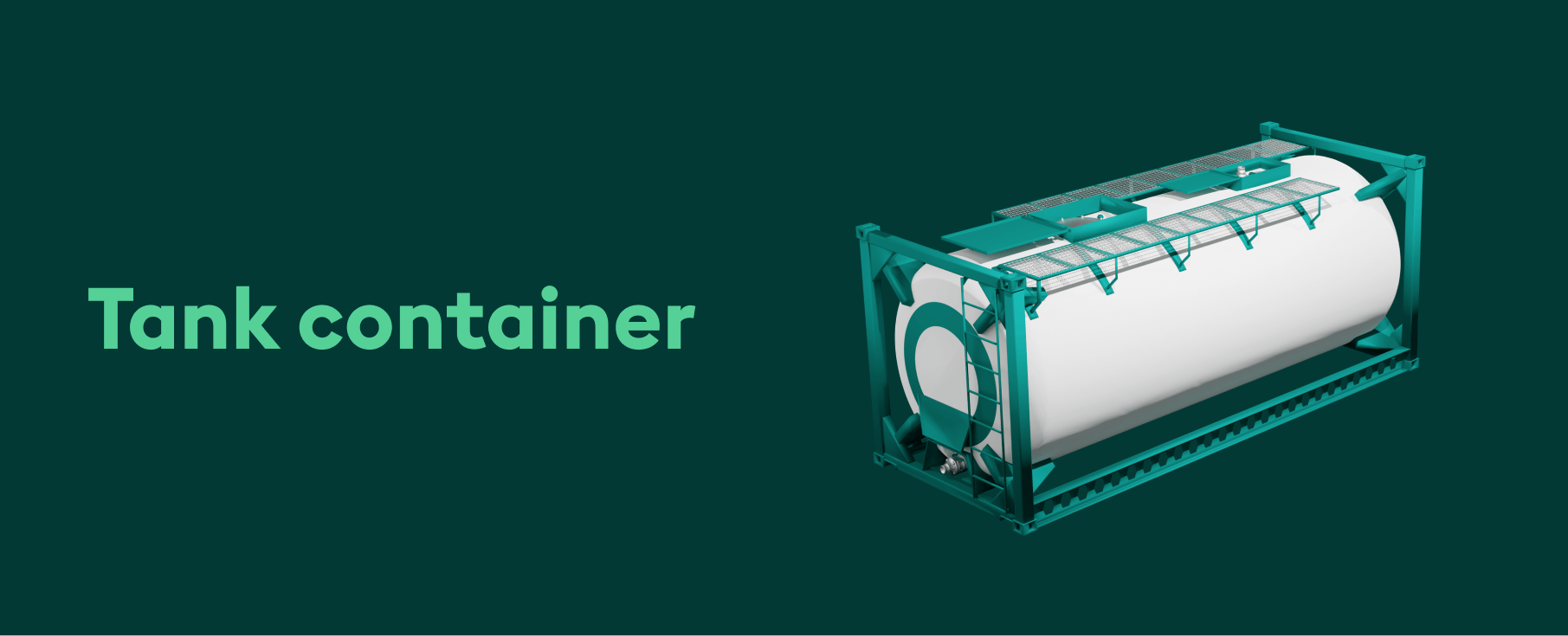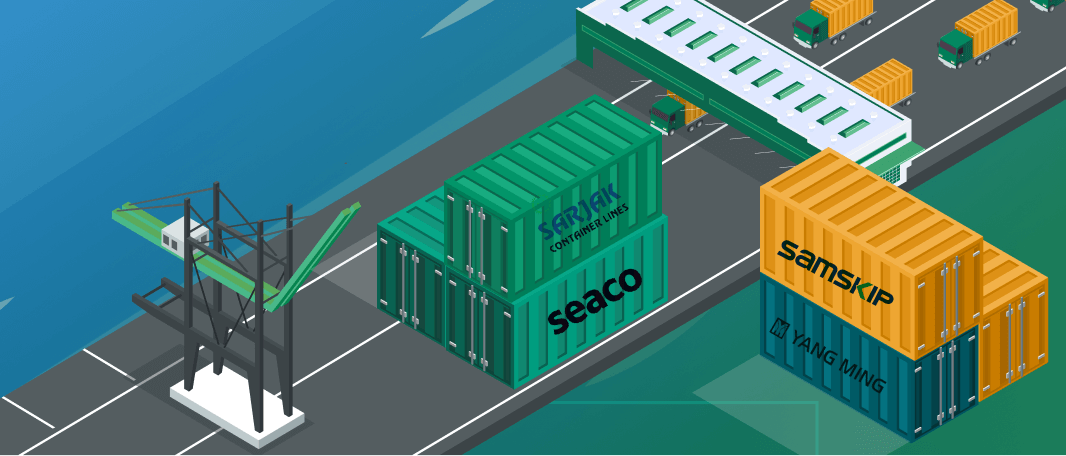Understanding the different container types is crucial to ship cargo safely. In this blog, we’ll cover all 12 container types, their sizes, and uses. Plus, learn how to source these containers at budget-friendly prices.
With so many container options in the market, opting for the right one is crucial. This will ensure that your cargo is safe, and you save money.
If you’re new in the container business, and have little understanding of the different types, continue to read the blog to get in-depth knowledge.
But if you already know about them and are here because you can’t seem to source what you need within your local network, or want to buy units at the best price, you’ve landed in the right place!
At the Container xChange trading platform, we’ve got 100,000+ containers available in 2,500+ locations worldwide. So you’re bound to find exactly what you need. Oh, and did we mention, all our 1,700+ members are vetted? Yes, this means, you can buy containers without worrying about scams.
Explore our public search below to browse available offers in your preferred locations today!
Find containers online
0 results found on the platform.
Container prices start from 0/unit.
Currently no match for your search
Change your search criteria or fill out the form below to get notified via email when there is a new match for you on xChange!
Showing 0 of 0 results
Load more()
available
YOM:
Year of manufacture:
per container
$
Dry containers
Standard dry containers are used to transport dry goods like clothing, electronics, pallets and grains. They’re made of strong steel, and are completely wind and water-tight, keeping cargo safe from harsh weather conditions.
Dry containers come in three main sizes: 10ft, 20ft and 40ft. Read more about the dimensions of each size now.
10ft container
10ft shipping containers are the smallest size – perfect for lightweight shipments. This container size is often used for on-site storage and home offices. Although the 10ft is generally rare, you can find new and used units for sale on the Container xChange trading platform.
20ft dry container
The 20ft container is one of the most popular container sizes in the market. If you’ve got smaller shipments, this container is perfect for you. Due to its lightweight nature, the 20ft is easily stackable and quick to load and unload. This makes it a great option for intermodal transport (moving cargo between ships, trucks and trains).
40ft dry container
If you have cargo that won’t fit inside a 20ft unit, opt for a 40ft container. These offer more space for your cargo. As a result, many companies also use 40ft containers for storage.
It’s also more cost-effective to buy one 40ft container, rather than two 20ft units, as one 40ft is usually only around 30% more expensive than one 20ft.
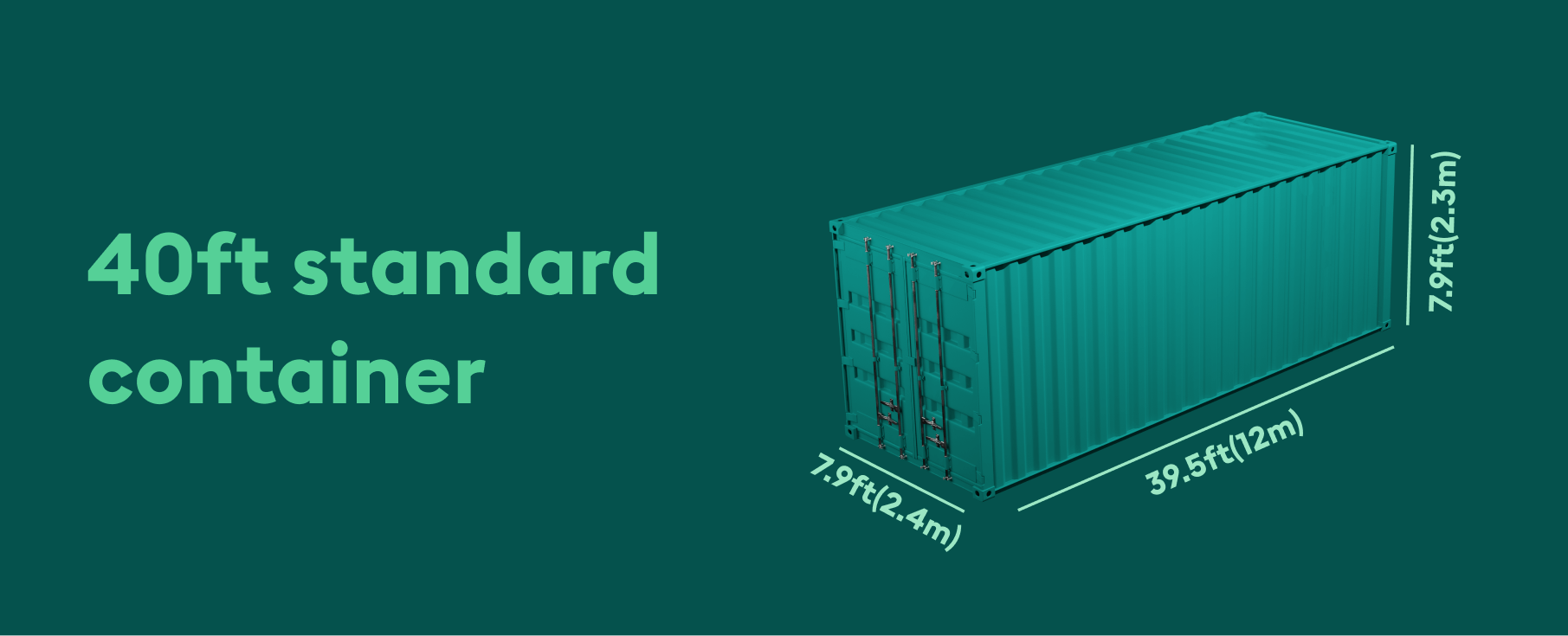
Interested in exploring more options or discussing your requirements? Share your details, and we’ll ensure your one-time purchase meets your expectations.
High cube containers
High cube containers have the same measurements as their standard counterparts but with an extra foot of height. The high cube is perfect for bulky, high-volume, yet light cargo.
High cubes come in 20ft, 40ft, 45ft, and 53ft varieties. If you want to know the dimensions of each high cube variety, check out this blog post now.
40ft HC container
The 40ft high cube is the most popular high cube size in the market. If you’ve got dry goods that won’t fit into a standard 40ft unit, this container is the answer. Plus, it’s usually only marginally more expensive than the standard 40ft container.
53ft HC container
The 53ft is the biggest container you’ll find in the market. If you’ve got large, bulky shipments this container size is exactly what you need. 53ft HCs are most commonly used in rail freight in places like the USA. The large size allows for more cargo to be moved in a single container, keeping costs down for the shipper.
Reefer container
Reefer containers are special containers with built-in refrigeration. They’re designed to transport temperature-sensitive, perishable and frozen goods.
Refrigerated ISO containers have T-shaped decking on their floors. This pushes air around the container, keeping the temperature inside constant. Reefers can maintain any temperature between 30 degrees and -30 degrees Celsius.

This container type is perfect for transporting fruit, meat, ice cream and pharmaceuticals. Areas inside the container can also be sectioned off and set to different temperatures for different types of cool cargo.
Double door container
Double door containers have doors that swing open on both ends. This container type is also known as a ‘tunnel container’. The double doors make loading and unloading cargo quick and easy.
For instance, if you want to load cars, you can drive them in one end during loading, and out of the other at the final destination. No need for awkward maneuvers.
Open top container
Open top containers, as the name suggests, have an open top. The roof is covered with a detachable tarpaulin sheet instead of having a solid roof.
Open tops are used when your cargo is too large to fit in a standard unit. For instance, machinery or heavy materials that can’t be stowed sideways, and need to be loaded from the top with a crane.
Due to their open top, they have more capacity than their standard counterpart. It has lashing rings that keep the cargo stable. A 40ft open top container can load 26,500kgs.
Pallet wide container
A pallet-wide container is a special unit designed to accommodate Euro pallets.
While a 20ft dry container can carry 11 Euro pallets, a 20ft pallet wide can carry 15. This is possible because pallet-wide units are approximately 5m wider on the inside than standard containers.
Flat rack container
Flat rack containers only have walls on their shorter ends. They’re used to transport bulky and oddly shaped cargo that needs to be loaded from the top or sides. Such cargo may include pipes, poles and large machinery.
Flat rack containers are built with strong corner posts and reinforced frames to withstand heavy loads and provide stability during transportation.

The biggest advantage of this container type is its versatility. You can load a flat rack container with almost any size or type of cargo as long as it meets the payload criteria.
Side door container
A side door container, also known as an ‘open side’, has extra doors that open on its long side. These doors make it extremely convenient to load bulky cargo that can’t fit through standard container doors.
Side door containers also make loading and unloading quick and efficient as more workers can handle cargo at the same time.
Hard top container
Hard top containers are similar to open tops, with one main difference: they have a detachable steel roof instead of a tarpaulin sheet. The roof of a hard top container has points through which a forklift can lift the roof. This design allows for easy loading/unloading of cargo.
Cargo transported using hard top containers includes marble, glass sheets, raw materials (like coal) and large machinery.
Tank container
Tank containers, also known as tankers or ISO tanks, are cylindrical units used to transport dangerous goods, gasses, and liquids.
Each tank goes through a thorough inspection before it’s allowed to carry goods. All tank containers must comply with the size, durability, and strength requirements as per the ISO standards.
Insulated container
Insulated containers maintain the same temperature inside, regardless of the temperature outside its four walls. They’re also suitable for transporting temperature-sensitive goods.
Insulated containers often have double walls. These walls are vacuumed to prevent the transfer of heat between the interior and exterior. Moreover, the interior is fully sealed to avoid condensation and contamination.
The key difference between reefers and insulated containers? While reefers provide precise temperature control inside the container, insulated containers only maintain the initial temperature.
Half height container
Half height containers are designed to accommodate heavy goods that don’t require a lot of vertical space. They’re used for transporting minerals, coal, and other bulky commodities.
Half-height containers follow the DNV (Det Norske Veritas) standards and are equipped with slings, shackles, and internal lashing points. You can also find half-height open tops for easy loading and unloading of bulky, low-height cargo.
Require standard or special containers for one-time use? We can help you get the right fit hassle-free. Provide your information by clicking the banner below, and we’ll get in touch within 24 hours.
How understanding container types and dimensions can save you money
Choosing the right container type and size for your cargo is important for the following reasons:
- Cargo safety assurance: Making sure you choose the correct container type and size will prevent unnecessary damage to both the container and your cargo. Not to mention avoiding accidents during container loading and unloading
- Customs compliance: Matching cargo with the right container means avoiding unexpected fees and fines, plus preventing delays
- Handling efficiency: Proper container selection reduces labor costs and minimizes the risk of accidents during loading/unloading
- Economical transport: Understanding container dimensions enables the selection of cost-effective transportation options, reducing overall costs
So, how do you select the right container for your shipments, then? Let’s find out below.
How to choose the right type of container for your shipping needs
Now that you know all about the different container types and sizes, it’s time to decide which one is suitable for your cargo. Here are a few things to keep in mind when making your selection:
Type of cargo: Determine if your cargo is general (dry), perishable, hazardous, or oversized. For dry cargo, choose a standard shipping container. And if you’re shipping perishable or temperature-sensitive cargo, opt for a reefer.
Capacity: Once you’ve determined the type of equipment you’ll need, you should also pay attention to the container size. If your shipment is small, then a 10ft or 20ft container is all you need.
However, if you have large or oversized items, you may need high cubes, open tops, or flat rack containers for your shipments.
Cost: The most important factor to consider is the cost of a shipping container. New containers are more expensive than used ones. Specialized containers cost more than standard dry containers.
Moreover, shipping container prices fluctuate constantly and depend on a variety of factors including the location, current supply and demand, and the market situation.
Source various types of containers from trusted suppliers globally
Now you’ve got the full lowdown on which containers suit your needs, as well as why it’s important to choose the correct type and size for your cargo. All that’s left to do is to buy containers from a safe and reliable sourcing channel like Container xChange.
Here are the four easy steps to getting the containers you need at budget-friendly prices on our platform:
Define your criteria
First of all, you’ll need to finalize your criteria. This will include choosing between standard and special units, as well as selecting the size that can accommodate your cargo load.
Browse 100,000+ containers
Once you’ve got your criteria in mind, hop onto Container xChange to start browsing and comparing offers.
Negotiate a deal
As soon as a good offer catches your eye, reach out to the supplier directly to negotiate the price, terms and conditions. You read that right – on xChange there are no middlemen – just you and the partner finalizing the deal together.
Make safe payments
Once everyone is happy with the deal, you can pay for your containers directly on the platform using the xChange Wallet. Here, manage all of your finances in one place, and receive just one invoice at the end of every month.
Set up your free demo with one of our experts today! Whether you need containers for one-time use or you are a regular container buyer, get a customized tour of xChange, and see how the platform can help you find the best prices in your budget. To get started, you can click on the banner below and share your requirements with us, and we will get in touch within 24 hours.
What are the different types of shipping containers?
There are two main types of shipping containers: Standard dry containers and special containers. Dry containers come in 10ft, 20ft, 40ft and 40ft high cubes sizes. Special containers include reefers, flat racks, double doors and pallet-wide units.
What is a standard shipping container?
A standard container is used to ship dry goods such as clothing, electronics and dry foods. They come in 10ft, 20ft, 40ft and 40ft high cube sizes.
What are the different types of standard containers?
There are a few different sizes of standard containers, including 10ft, 20ft and 40ft standard units and 40ft and 45ft high cube options. High cube containers have an extra foot of height to pack in larger loads or taller cargo.
